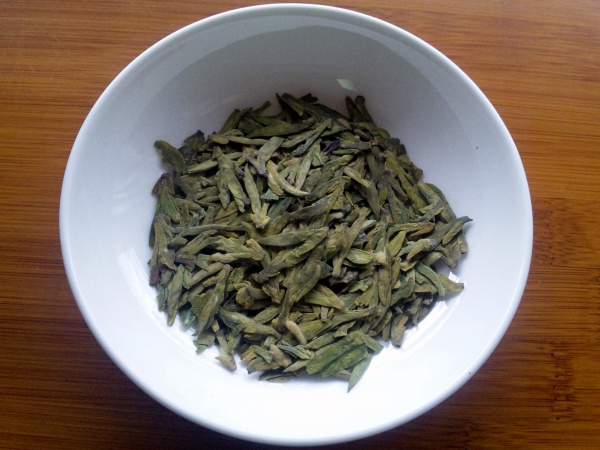Facts About Longjing tea
Longjing tea, also known as Dragon Well tea, originates from Longjing Village in Hangzhou, Zhejiang Province, China. This pan-roasted green tea is renowned for its exceptional quality and is often referred to as "China's Famous Tea." Its unique production process involves roasting the leaves early to prevent oxidation, imparting the tea with its distinctive yellow-green hue. Rich in vitamin C, amino acids, and catechins, Longjing tea is both flavorful and healthful.
Longjing tea is classified into six grades, with "superior" being the crème de la crème. The highest quality Longjing tea features tender, uniform leaves, while the lower grades display more variation in color and appearance. Steeped in legend, the tea's history traces back to its imperial status during the Qing Dynasty and fascinating tales of its origins and name.
To be considered authentic, Longjing tea must be sourced from Zhejiang Province, particularly the West Lake area in Hangzhou. Unfortunately, many teas on the market do not meet this criterion, resulting in differences in quality and authenticity. The flavor profiles of Longjing tea can vary widely, offering vegetal and grassy notes to nutty and buttery undertones.
The timing of the harvest, particularly the esteemed Pre-Qingming Longjing, significantly influences its flavor and quality. Various regions within the West Lake area produce distinct types of Longjing tea, each with its own unique characteristics. Notable varieties include Shi Feng Longjing, Cloud Peak, Tiger Spring Longjing, Meijiawu Longjing, Bai Longjing, and Qiantang Longjing.

 Myanmar (Burma)
Myanmar (Burma)